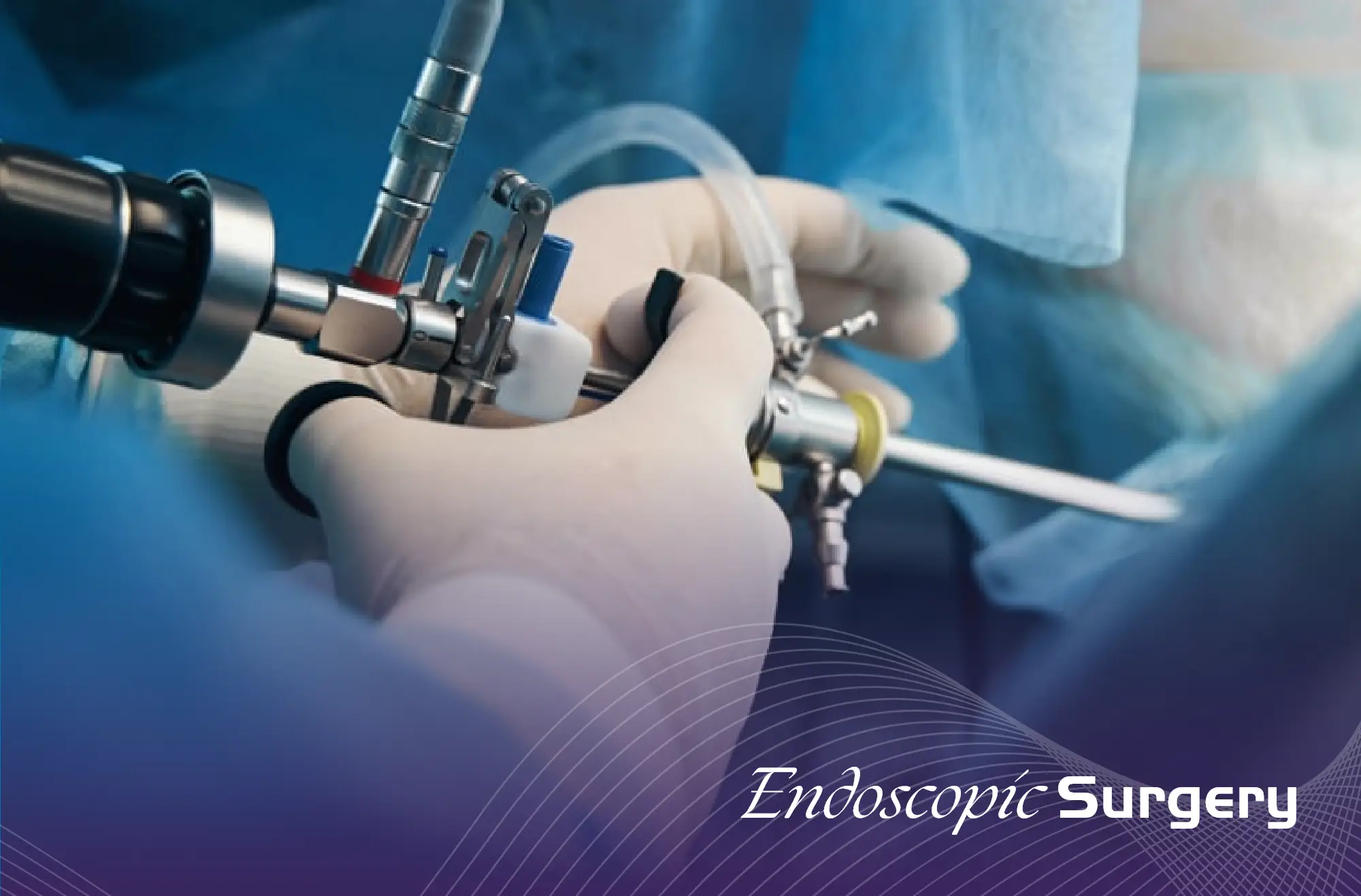Recovery time is one of the most time consuming aspects right after a surgery.
Take the instance of a spine surgery a few years back. It often involved making large, deep incisions to open up the region of the spine where the surgeon was supposed to perform surgery. The dependency of surgeons for such an exposed region was a pretty normal thing back then.
This spine surgery came at a cost too.
The large and deep incisions meant a lot of damage to the healthy tissues.The fact that muscle tissues take their own sweet time in healing is another add-on, taking much longer than the original structure recovery. Apart from all of that, larger incisions also carry the risk of getting infected as well.
This is where microscopic surgery, or minimally invasive microsurgery has been changing the surgery scene for quite a while now.
What is Minimally Invasive Microsurgery?
Minimally Invasive Surgery (MIS) is a surgery approach that is aimed at minimizing the number of cuts or incisions in your skin and tissues. Today, surgeons use these MIS techniques to ensure minimal trauma during the surgical procedure.
With smaller incisions, there is less potential of your treatment being painful, surgery complications, as well as time taken for the recovery. Today, a lot of healthcare providers perform many common procedures using these MIS techniques.
Why is Minimally Invasive Surgery Performed?
MIS came around during the 1980s, providing a safe way to practice surgery for many people. Since the last two decades, it has become the preferred choice for surgeons over open surgery.
MInimally Invasive Surgery cuts down the need for staying at the hospital for a long time after surgery, while also taking away the chance to make larger cuts in the body.
How Does Minimally Invasive Microsurgery Work?
In the case of a spinal surgery, no natural opening leads to accessing the spinal structures. This is where Miminally Invasive Microsurgery comes into play, depending on little incisions in the skin to gain access to the spine.
Using the Tubular Retractor
The tubular retractor makes it possible to push muscle, rather than cut it, simplifying the surgery and reducing the recovery time. It provides a way to dilate the muscles in the concerned region, allowing cameras with the access to the affected area through a very small incision in the skin.
Stabilization Placements
Surgery stabilization is a process through which some procedures are facilitated where screws and rods are used to hold the spinal cord bones in place while they are healing. They are placed through the skin with minimal incisions.
Lateral Access
There are a few ways to approach the spine surgery without hampering direct areas of the back. In some conditions, this access can be from the side as well, where the muscle cover is comparatively limited. At Purple Heron, the experts can make use of a retractor to gain access to the vertebral sides, which is the preferred position for some of the surgical procedures.
In the lateral approach, the entry is done through the chest by making multiple small incisions for support to the camera and other required tools for surgery.
What are the Types of Minimally Invasive Surgery?
Let’s have a look at the different types of minimally invasive surgery below:
Keyhole Surgery

Endovascular Surgery

Over a guiding wire, surgeons mount the catheter and then remove this wire after they have passed all the required instruments for operation.
Robotic Surgery

Robots allow for better accuracy as well as control in the affected areas.
Endoscopic Surgery

What are the Benefits of Minimally Invasive Surgery?
With small incisions, the scars from surgery tend to be pretty easy to control and remove. The added advantages of minimally invasive surgery are:
● Reduced pain after the surgery has been administered, making the recovery a comparatively easier process than a traditional surgery.
● Large, open areas make it tough to control the spread of infection. With small incisions, this risk of infection is reduced manifold.
● If there’s a lot of pain, the number of prescription medicines also increase. MIS reduces the dependency on these drugs to ease the pain, as the pain is reduced due to these little incisions.
● Each incision is made with pinpoint accuracy, which is why there is little to no damage in store for healthy muscle tissue in any way.
● With minimal damage to the skin and tissue, the recovery time after a minimal invasive microsurgery process is greatly reduced.
● Sometimes, traditional surgery aftermath involves pain in the affected as well as surrounding regions, bringing a need for physical therapy to the fore. That’s not the case with minimal invasive surgery.
When we talk about spinal microsurgery, the technology is still in its initial stages, and not all kinds of spinal treatments are possible with it at the moment.
Final Note from Purple Heron
From rehab medication to highly advanced surgical procedures, the expert surgeons at Purple Heron offer surgical procedures that are a class apart and as painless as they can be. With minimal exposure to skin muscles, the hassle is greatly reduced, not to mention the surgical trauma as well.
Book your consultation with Purple Heron and get a highly detailed plan to approach your surgery in the most professional and manageable way.


